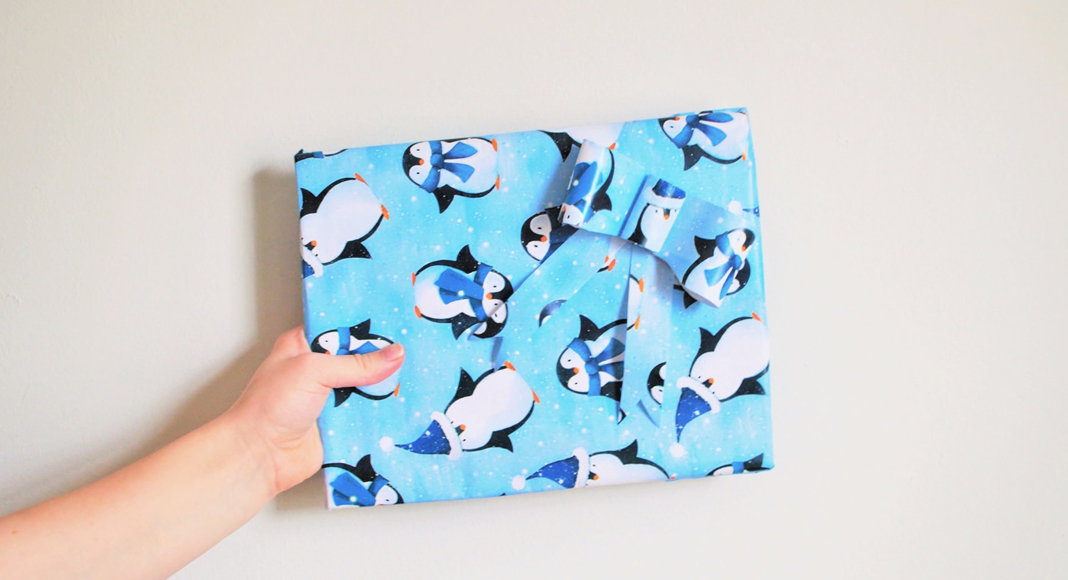If you’ve made the choice to breastfeed your baby, we support your decision and can provide resources and lactation specialists who can help. Breast milk is the best source of nutrition for most babies, according to the CDC. It offers many health benefits for moms and babies, including protection against certain illnesses and diseases. But breastfeeding doesn’t come naturally to everyone and it can be difficult to get started. That’s why we’re sharing expert answers to some of the most common questions about breastfeeding.
If you’re struggling with breastfeeding, EIRMC lactation consultants for help. Call (208) 529-7171.
Is my breastfed baby getting enough milk?
All moms start making colostrum during pregnancy. Colostrum is a thicker, more yellow substance than breast milk and it’s high in nutrients, antibodies and antioxidants to support a baby’s immune system. Colostrum is the perfect food in the perfect amount for newborns, who only eat about a teaspoon to a tablespoon of colostrum eight to 12 times a day.
What are the primary reasons for low milk supply?
There are many factors that contribute to low milk supply — most of them preventable. Breastmilk production works on a demand and supply system; the more milk that’s demanded by a hungry baby will signal your body to supply more. Anything that interrupts the system will slow down breast milk production. These can include:
- Supplementing with formula in the first few days (missed feedings)
- Introducing a pacifier too early
- Not waking baby for night feedings
- Shallow latching
How can I avoid shallow latching?
Shallow latching occurs when a baby’s mouth doesn’t open wide enough before latching or they slide back onto just the nipple after they begin to eat. In addition to causing nipple pain, a shallow latch can prevent your breasts from emptying fully. To help avoid a shallow latch, make sure that:
- You are tummy to tummy with your baby, rather than placing baby on a pillow
- Your nipple goes right under your baby’s top lip (think nose to nipple)
How do I know if I’m making enough breast milk?
Two or three days after your baby is born, your colostrum will be replaced by breast milk. The best way to know if your baby is getting enough breast milk is to monitor how much comes out! Six to eight wet diapers and two or three poopy diapers a day is what you should expect in the first few days.
Another clue is whether your baby is gaining weight. Babies typically lose a little bit of weight in the first few days, but by two weeks of age they should be back to their birth weight. Beyond that, you can expect your baby to gain four to seven ounces per week. Your pediatrician’s office can check your baby’s weight and help you determine if they’re gaining weight appropriately.
What’s the best way to increase my milk supply?
The best way to increase your milk supply is to increase breastfeeding and pumping after each feeding. You may also be among the roughly 50% of women who respond to certain foods and herbs. Oatmeal and other high-fiber foods, such as flax seeds, may help increase your breast milk supply. Herbs that you may want to research include fenugreek, blessed thistle, moringa (malunggay) and brewer’s yeast. Always check with your doctor before trying new vitamins or supplements.
Should I feed from both breasts or can I just feed from one?
When your newborn is drinking only colostrum, they will get all they need from one side. For the next feeding, you can switch to the other side. When your baby is older and needs the volume from both breasts, begin by nursing from one side until your baby is no longer getting any milk. If your baby is still hungry, you can top off with the other breast. That way, your baby will get the foremilk and the hindmilk, which is nice and fatty and full of protein. Next feeding, you can begin on the “top-off” side, alternating each time.
Is nipple confusion real?
Nipple confusion is when your baby has difficulty switching between your breast and a bottle. But it’s really more about flow confusion. With a bottle, your baby doesn’t really have to work to get fed; milk just drips into their mouth. Breastfeeding, on the other hand, requires babies to work hard at sucking before they start to get any milk. If you want to feed both ways, be sure that you and your baby have breastfeeding down really well before you introduce a bottle.
EIRMC Outpatient Lactation Clinic
Connecting with a lactation consultant can greatly improve your chances of success with breastfeeding. Trust your instincts and your body and to reach out for help if you’re struggling. Whether you deliver your baby at EIRMC or not, their lactation specialists are here to help. Call (208) 529-7171 for more information and to schedule an appointment.















